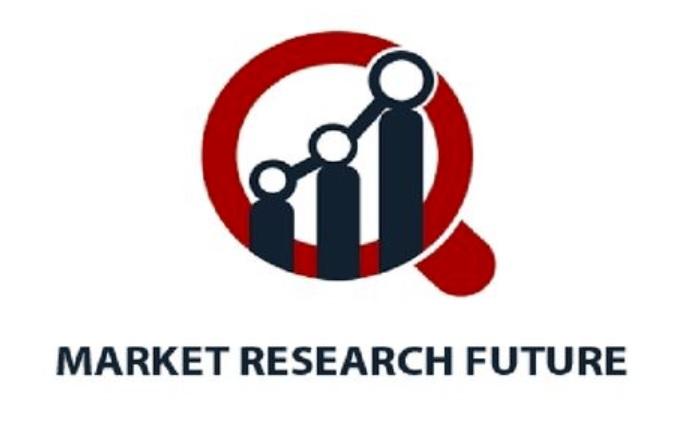Targeted Segmentation in the Burkitt Lymphoma Therapeutics Market Segment

Strategic segmentation is at the heart of the evolving Burkitt Lymphoma Therapeutics Market segment, defining how therapies, technologies, and patient populations are categorized for optimal care and market efficiency. This segmentation is based on treatment types, diagnostic tools, distribution channels, and patient demographics. The therapeutic segment, encompassing chemotherapy, immunotherapy, and targeted therapy, represents the largest revenue share. Recent innovations such as CAR T-cell therapy and bispecific antibodies have revolutionized the therapeutic landscape, offering durable remissions for relapsed or refractory patients. The diagnostic segment is also gaining traction, propelled by next-generation sequencing (NGS) and biomarker-based testing that enable earlier and more accurate diagnosis.
Market segmentation by end-user shows that hospitals dominate due to access to complex treatment infrastructure, followed by specialty clinics and research institutions. From a geographic standpoint, segmentation analysis helps industry stakeholders identify emerging opportunities and customize strategies for specific markets. The Burkitt Lymphoma Therapeutics Market segment also includes growing emphasis on pediatric cases, as the disease predominantly affects younger populations. With the advancement of molecular biology, researchers are now segmenting patients by genetic mutations and treatment response profiles to design personalized regimens. As biotechnology continues to evolve, understanding and leveraging these market segments will be pivotal in driving future innovation and expanding global access to life-saving therapies.
FAQs
Q1. What are the main segments of the Burkitt Lymphoma Therapeutics Market?
A1. Key segments include therapy type, diagnostic technology, end-user, and region.
Q2. Why is segmentation important for market strategy?
A2. It helps identify specific patient populations, optimize resource allocation, and target high-growth areas.
Q3. Which therapy type holds the largest market share?
A3. Chemotherapy and immunotherapy currently dominate, with targeted therapies showing the highest growth potential.
- Art
- Causes
- Crafts
- Dance
- Drinks
- Film
- Fitness
- Food
- Games
- Gardening
- Health
- Home
- Literature
- Music
- Networking
- Other
- Party
- Religion
- Shopping
- Sports
- Theater
- Wellness
